THE TJONG-KHING: AN ILLUSTRATED LIFE
Thé Tjong-Khing (1933) is something of a legend, although he is far too modest to agree with that label. He is one of the Netherlands' most famous and beloved children's book illustrators: literally, everyone has at one time seen his work. Throughout his almost 70-year professional career, Khing has created dozens of comics and thousands of illustrations for magazines, book covers, and children's books for which, in turn, he has received dozens of awards. But he has not let fame get to his head, and at the age of 90, he still draws every single day. The man’s a legend indeed.
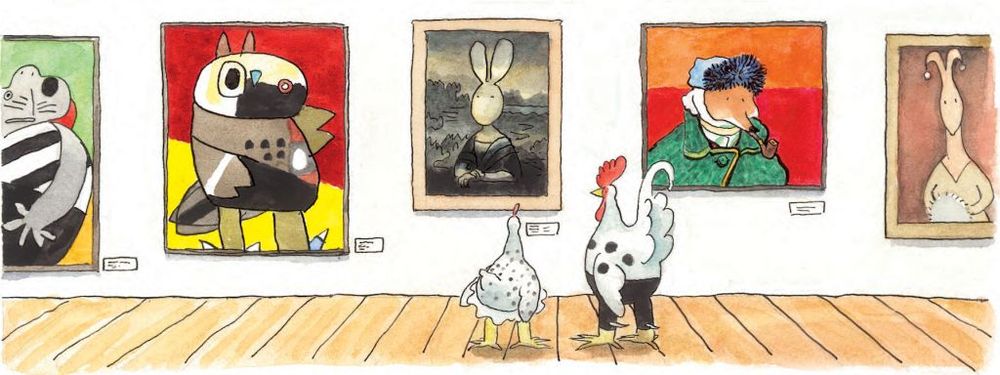
Are you getting tired of everyone constantly bringing up your age?
TJK: “Well, it’s a bit like: ‘Enough, already, we get it.’”
I won’t dwell too much on your age, but aging comes with physical challenges. I can imagine that it's pretty depressing for a creative person to be limited in how you can express yourself.
TJK: “Yes, that definitely isn’t fun. I still work every day, but around 3 o'clock, I get tired and sleepy, which I find incredibly annoying. In the evenings, I also get tired, which is such a great contrast to how it was: I used to be able to work all night; I would just keep at it. My hand doesn't do exactly what I want it to do anymore. That's very frustrating, and because of it, everything takes so much longer. What used to take me an hour to draw now takes three hours.”
How do you deal with that?
TJK: “It is what it is. There’s not much you can do about it. You can fight it and hate it, but it won't help, so why waste energy?”
You could also decide to stop altogether.
TJK: “No, that's not really an option. I enjoy it too much. Plus, it gives me energy.”

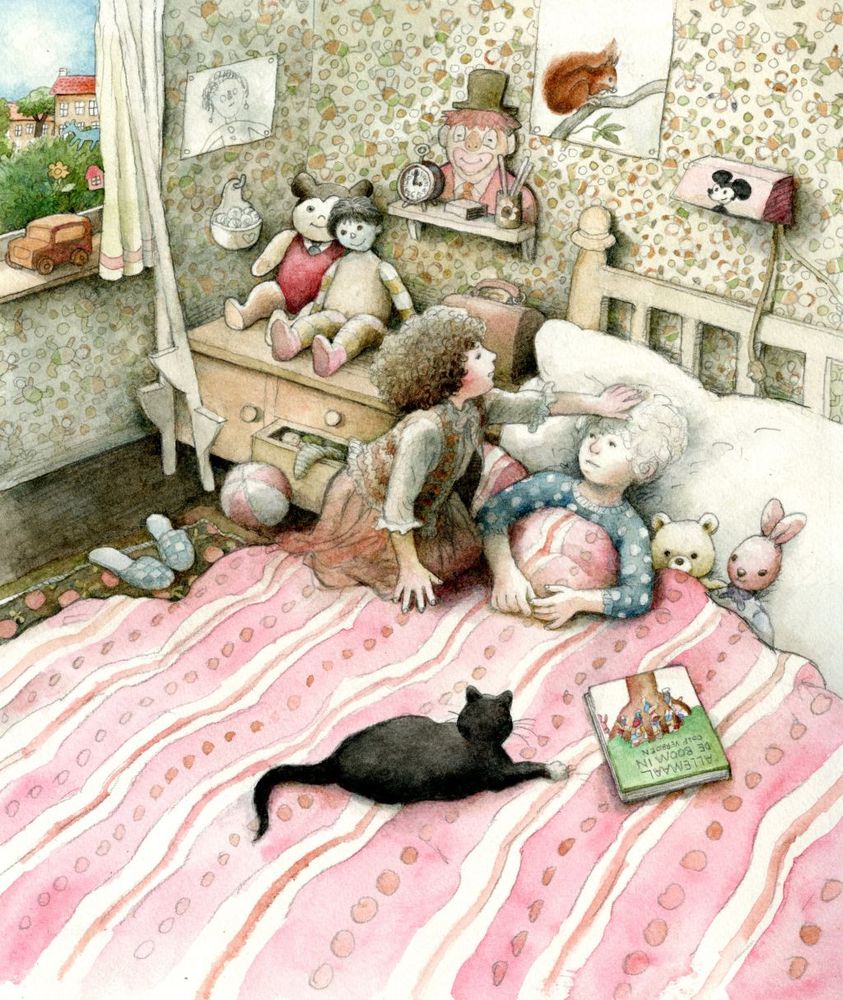
Have you always had that need to create?
TJK: “I can’t remember ever not drawing, but I wouldn’t go as for as to call it a need or inner drive. That’s too big a term for it. I simply enjoyed doing it. It's fun to keep yourself busy. Plus, what else could I do? I could read or take long walks, but that doesn’t really do it for me.”
You could go to the movies; as a child, that was your happy place, right?
TJK: “I loved going to the movies. I intensely enjoyed immersing myself in a different world, daydreaming away. I particularly loved the acting part. I would study how actors portrayed different emotions. I’d observe how Joan Crawford would act when angry or sad.”
Speaking of acting: is it true that you act out what you draw in front of a mirror?
TJK: “Yes, that's true. I look in the mirror to see what happens with your face and body when you act out certain scenes or feelings and then make sketches, eventually choosing the best one.”
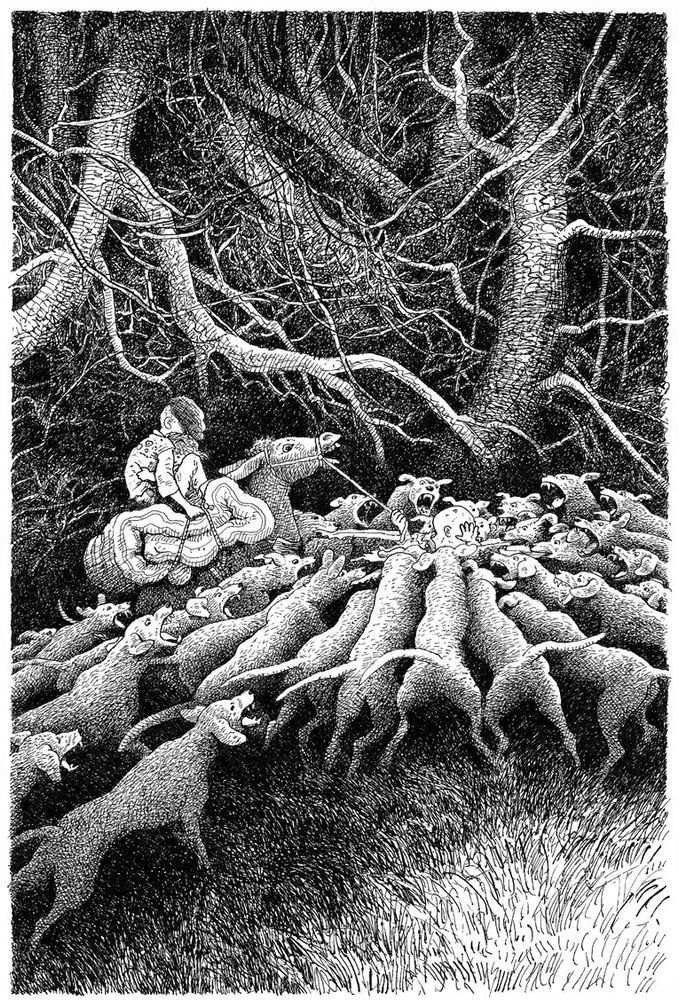
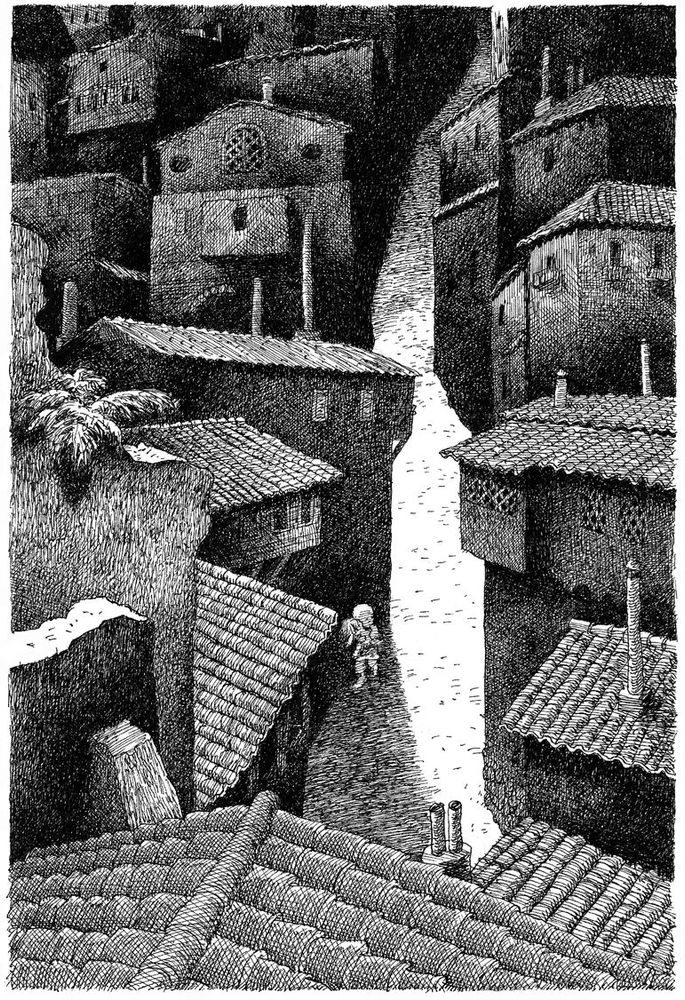
Never had the ambition to do something in the movie industry?
TJK: “I would have liked to, but I'm not cut out for it. Making a movie involves a lot of people. I love being an illustrator and comic artist – in that role, you're essentially the storyboarder, the editor: you’re everyone and everything.
I used to think it would be fun to create an animated movie, but that's beyond my capabilities because everyone only works on a very small part of a film. And I don’t like that.”
You say you don't like to work on just one thing, but you also worked at the Marten Toonder animation and comic studio, where you were a cog in a much bigger machine.
TJK: “Yes, but I didn't last there very long. I put my heart and soul into it and really enjoyed working there because it was the first time I worked on something that was actually being used and seen. I had previously made some book covers, but this was something entirely different.”

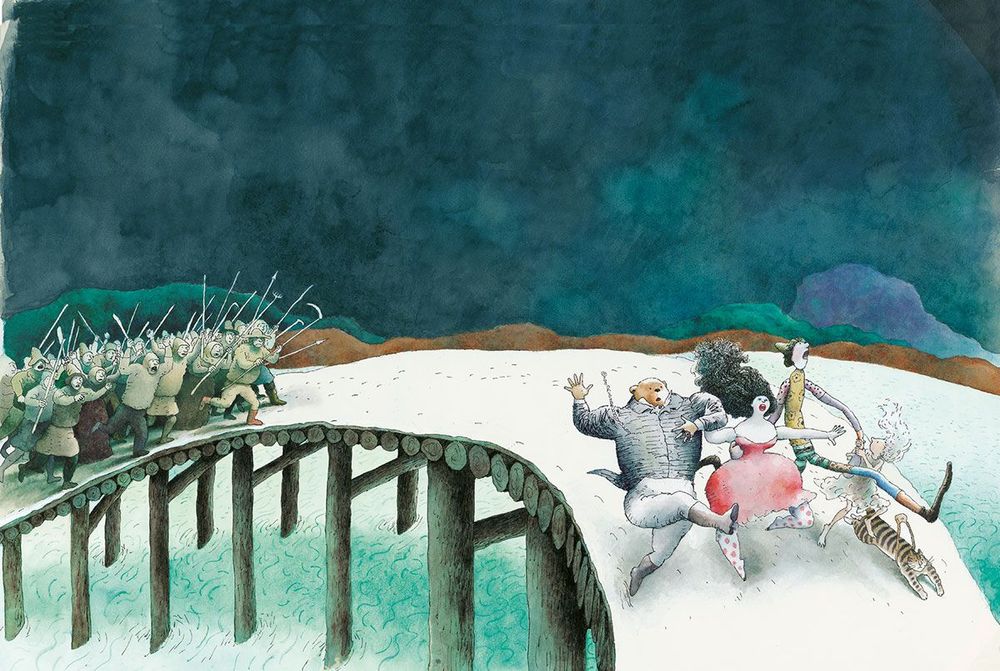
What does your process look like?
TJK: “I need a story to get started. If there's no story, there's no work to be made. When on holiday with my wife, I would take my art supplies to create something from scratch, but that never really worked. I need some sort of briefing, deadline, or audience; otherwise, it feels pointless and aimless. I guess that’s the difference with real artists who feel this need to create.”
It’s funny that you use the label ‘real’ artists. Like there is some sort of hierarchy in creativity. You started out by working in an industry that was long considered anything but artistic; what was that like?
TJK: “Comics were frowned upon: they were considered stupid and aimed at dumb people. But I didn’t care what people said. I enjoyed making comics and loved to draw because it made me feel completely free.”
How did having a family impact that freedom? Working as much as you did well into the night was no longer an option.
TJK: “Not exactly. The rule was: don’t disturb Dad.”
So your family allowed you to do what you love, which starkly contrasts your childhood. Your family then didn't care much for your artistic inclinations, right?
TJK: “True, nobody thought much about my drawings. I was a shy child and didn’t have a lot of friends. I would just draw and draw and lose myself in the world I created. When I came to The Netherlands, I attended the Rietveld Academy for a while, but I guess it wasn't for me. My father said I should become an architect if I wanted to continue to draw. But that wasn't for me either. Then he suggested that I become an advertising artist or teacher. But I was way too shy to stand in front of a classroom. Ultimately, I had to find some sort of work because my study visa was expiring, and I didn’t want to return to Indonesia. I remember seeing the Tom Poes comic in the newspapers in Indonesia and figured that maybe I could work on something like that. I ended up working at the Marten Toonder Studio: they vouched for me, and that’s how I was allowed to stay in The Netherlands.”
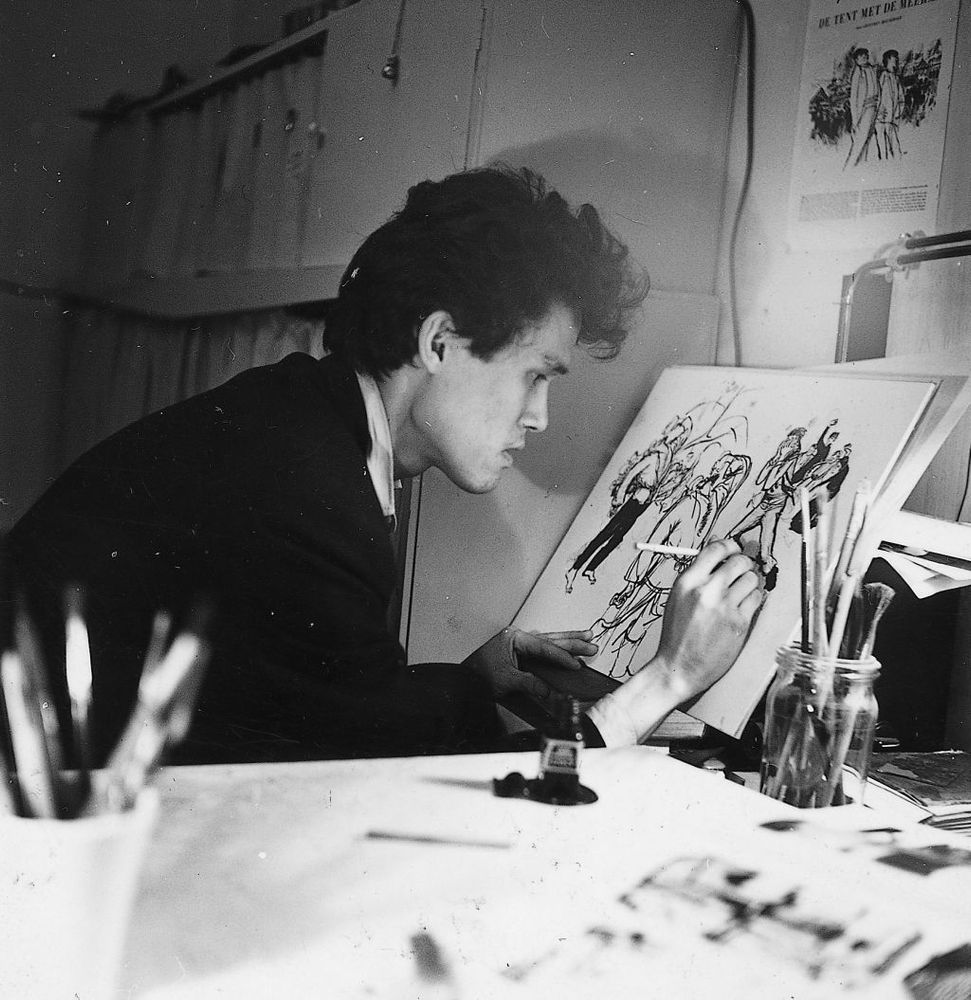
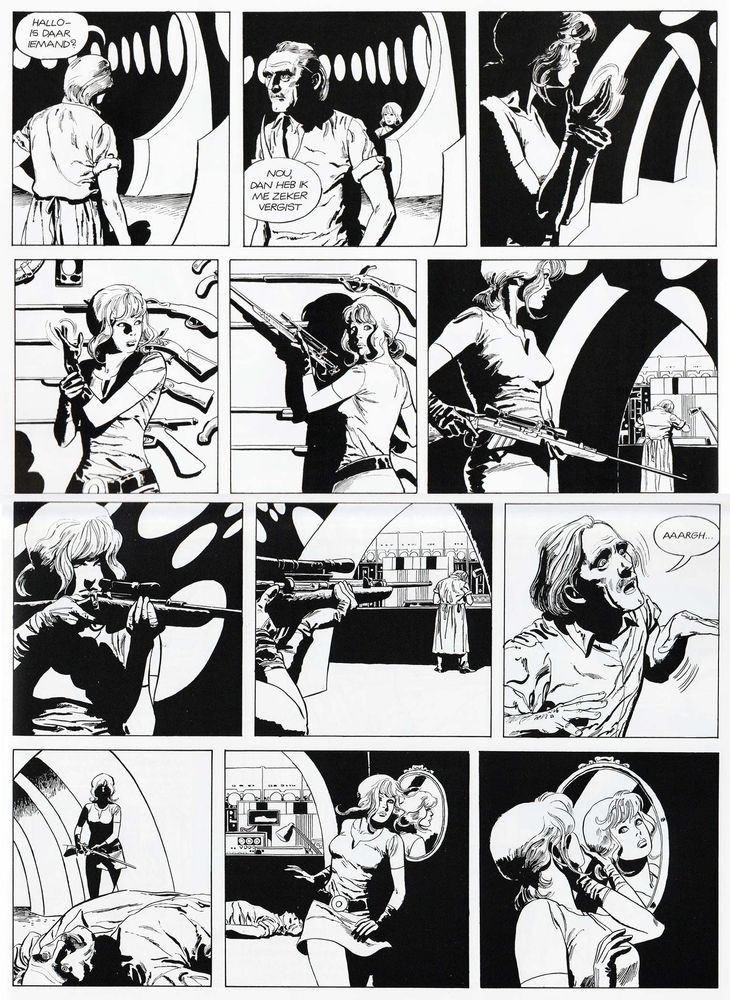
And that’s how you ended up drawing comics. Much has been made about the cinematic aspect of your comics: from the lighting to the camera-like angles. All those cinema visits paid off, then?
TJK: “They certainly did! When I was around 14 or 15, I watched all these Hollywood movies. I didn’t care much for British or French cinema: it all looked too ugly to me. In contrast, all those Hollywood actors looked beautiful. Even when they fell into the water, they’d come out looking perfectly styled. That intrigued me, and I used what I had seen in the cinema to create dramatic effects in my work.”
Isn’t that precisely how creativity works? Combining something you have once seen, read, or experienced and applying it to a completely different medium or experience to create something new?
TJK: “True. Everything has been done before, so when I'm working on something, I might recall something I stored in the back of my mind and use it. And then, while I'm working on it, new ideas come along, and the final result looks completely different from the original thought, idea, or concept.”
So, what is your definition of creativity?
TJK: “Creativity is about creating something: making something out of nothing. It applies to painters, writers – they all do it. There's nothing; when they’re finished, there's something—it’s about creating what wasn't there before."
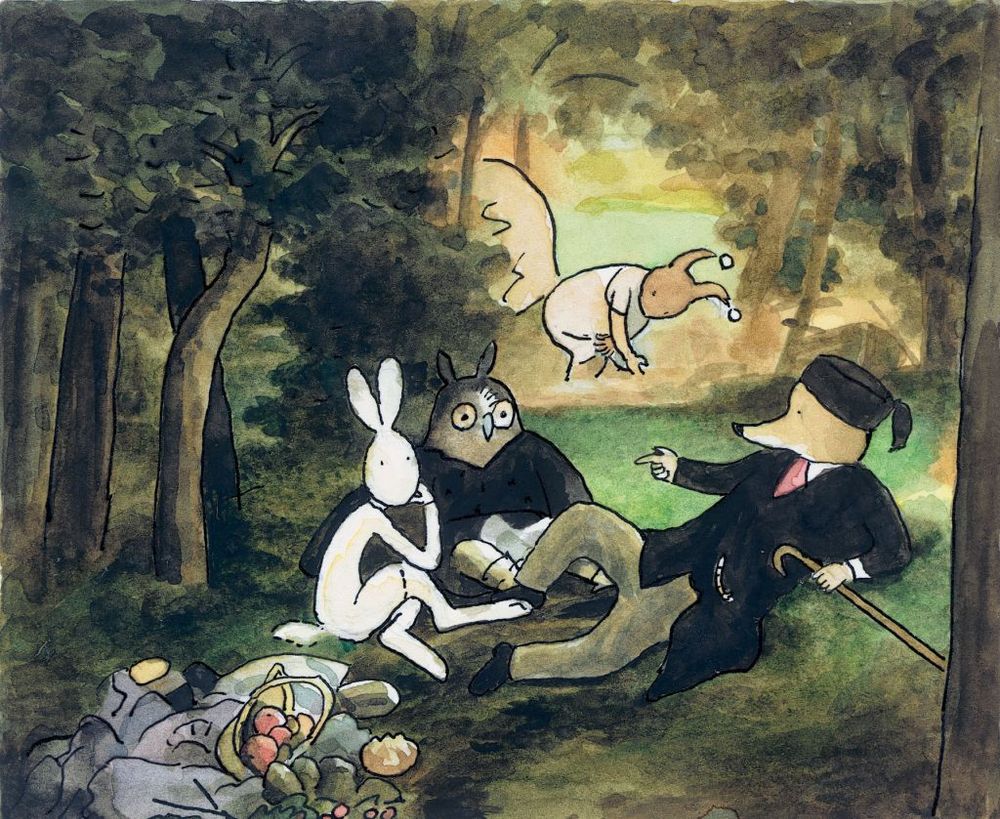
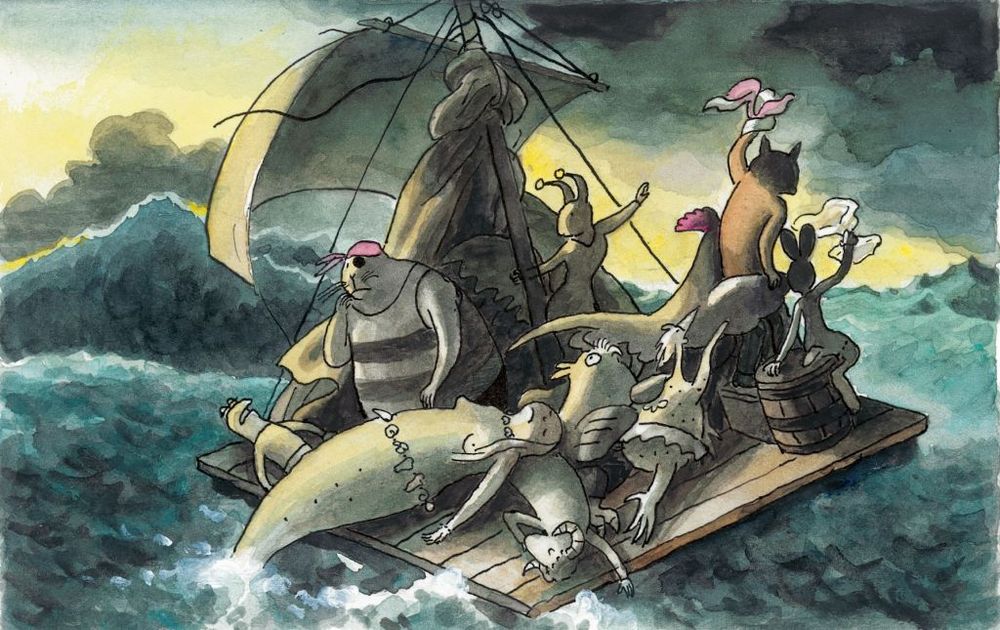
And can creativity be taught, or is it innate?
TJK: “I think it's a bit of both, somewhat innate. I'm not entirely sure.”
Has your process changed?
TJK: “I used to create stories based on everyday life experiences, but now I find that boring. I prefer drawing things that are not possible, like fairytales and myths.”
Is that because those themes give you more creative freedom since there's less preconceived imagery?
TJK: “Absolutely, I can be more imaginative and free in my creations.”
Is there a difference between creating art for adults and children?
TJK: “Yes, for adults' stories, I try to convey more complex concepts through visual metaphors and symbolism, while for children's stories, I focus on creating literal and straightforward images.”
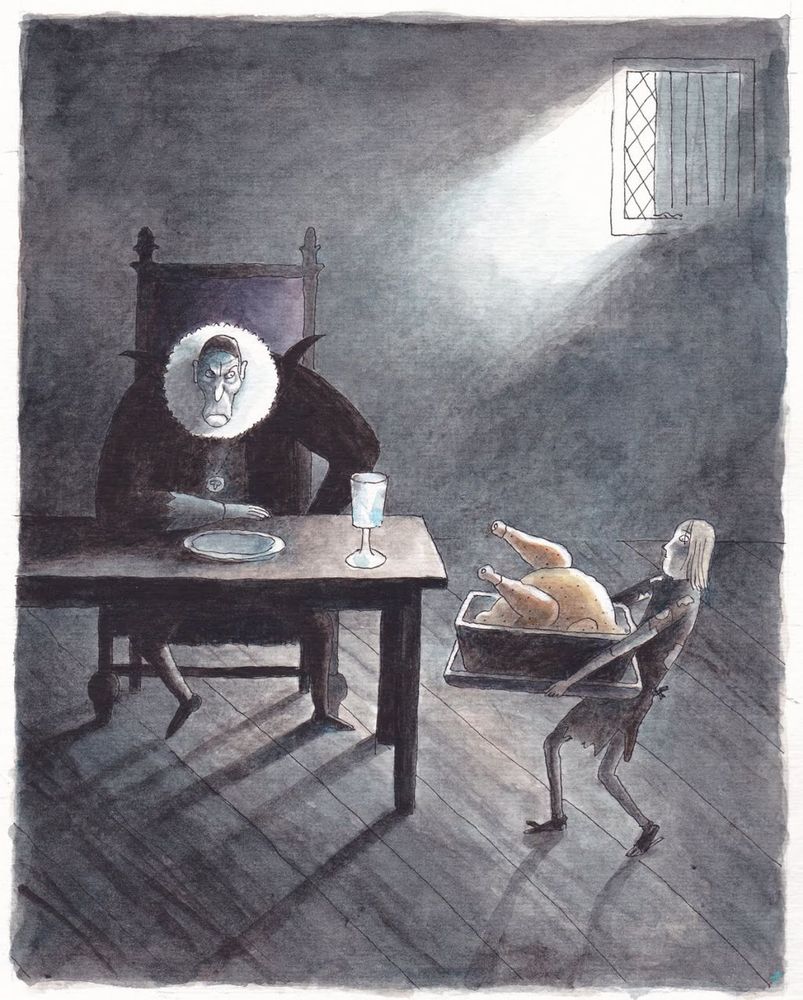

What is your favorite medium to work with?
TJK: “I used to work a lot with pen and watercolors, but recently, I've been experimenting with acrylics.”
I love hearing that you still experiment. You could have stuck with what has been successful in the past but, instead, still explore new and challenging paths to discover something exciting.
TJK: “Why would you keep repeating yourself? You never stop learning, and you can continue to find joy in the creative process by challenging yourself.”
And how about the dread and insecurity most creatives experience when working on something new: do you still suffer from that?
TJK: “That slight panicky feeling never really goes away.”
Do you ever get creatively stuck, and if so, how do you handle it?
TJK: “When I get stuck, I sometimes put the project aside for a few days. Taking a break often helps me see things with fresh eyes, and then I tend to find a solution.
Any advice for young creatives?
TJK: “I’m not one to give advice, but I guess something along the line of: do the hard stuff first because, after that, you can just have fun. Know that perfection can be found in happy accidents: things that turn out differently than expected but are still perfect. Also: take your time. Mess around a bit. And the most important thing, I guess, is: do what you love.”



Comments